 |
| Municipal Guest House |
For the third time this year, I was again invited to visit Daet, in Camarines Norte, this time to cover its Pinyasan Festival as well as the 150th birth anniversary of Jose Rizal, the town being the site of our National Hero’s first monument. I was joined by event organizer Mr. Bernard Supetran, professional photographer Mr. Lee Llamas, travel writers Mr. Timothy Jay “TJ” A. Ibay of What’s On and Ms. Karla Marcia Rey, and travel blogger (and Karla’s boyfriend) Mr. Orlando “Lan” Cajigal. We all left via a 9 PM airconditioned bus at the Philtranco terminal in Pasay City, all sitting at the rear of the bus. This was to be my first long-haul bus (8-9 hrs.) trip to Daet, my first being by plane to Naga City (plus a 2-hr. van drive back to Daet) and the two others by van.
 |
| Surfer’s Dine Inn |
Our 6 AM arrival at Daet was heralded with a crash as our bus’ roof scraped the low ceiling of the bus shed. Poor bus driver (salary deduction). Our trusty driver from the Provincial Tourism Office, Mr. Amable Miranda, was on hand at the terminal to pick us up with a van. We were first brought to Surfer’s Dine Inn, along Bagasbas Blvd., for an early Filipino breakfast (mine was pork chops). Here, we were met by Provincial Tourism Officer and good friend Atty. Debbee Francisco. Amable then brought us to the Municipal Guest House, also along Bagasbas Blvd., where we freshened up and rested for a short while. We were all slated to go overnight camping at Tinaga Island, one of the famed Calaguas Islands. This was to be my second visit and the first for the rest.We left Bagasbas by 8 AM for the leisurely drive to Minaongan Fish Port in Paracale, bringing along just enough personal necessities for our overnight camping (plus some borrowed pillows and blankets from the guesthouse). The national highway unusually passed through the gated property (which was closed at night) of the modern Cathedral of the Most Holy Trinity (consecrated on September 1, 1984). Here we made a brief stopover for photo ops.

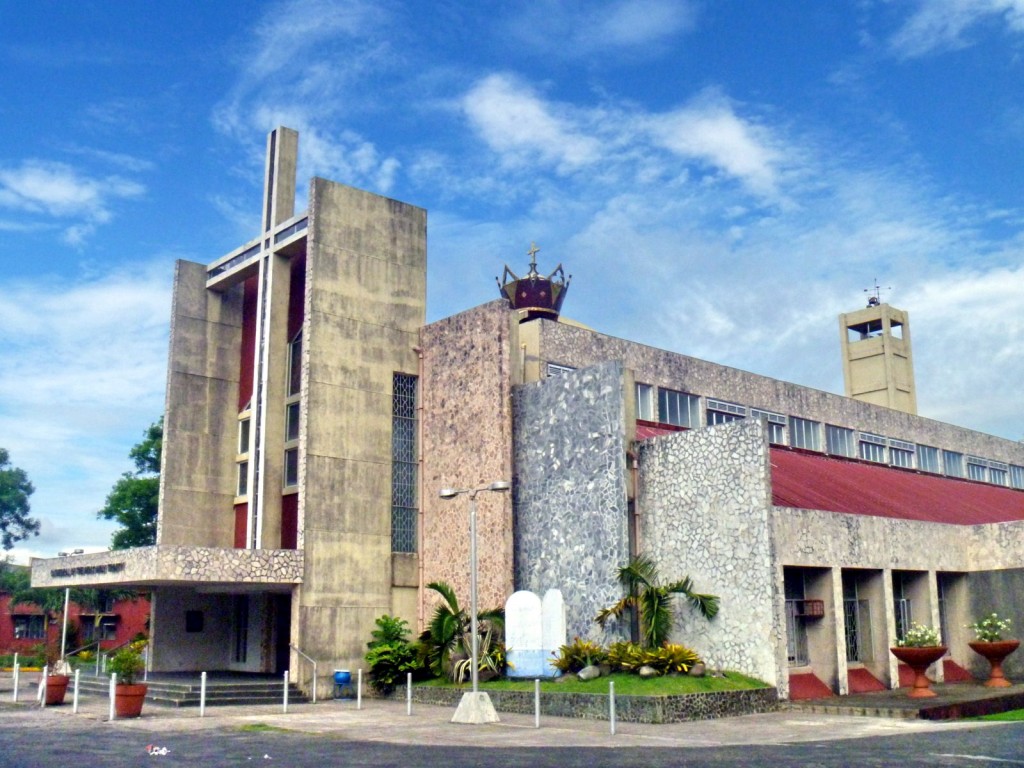














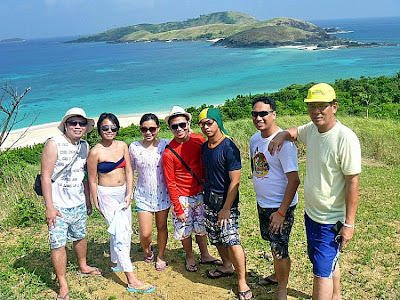



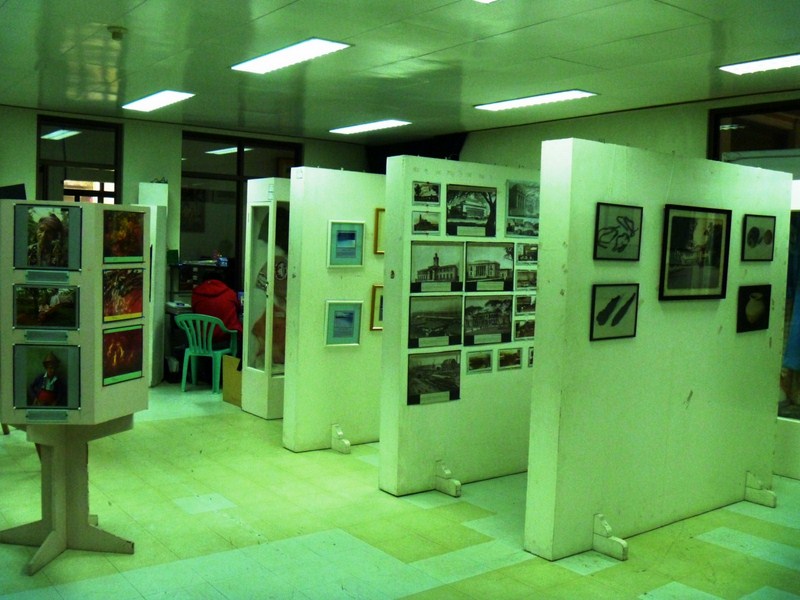
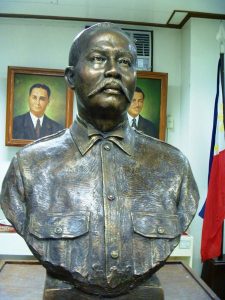
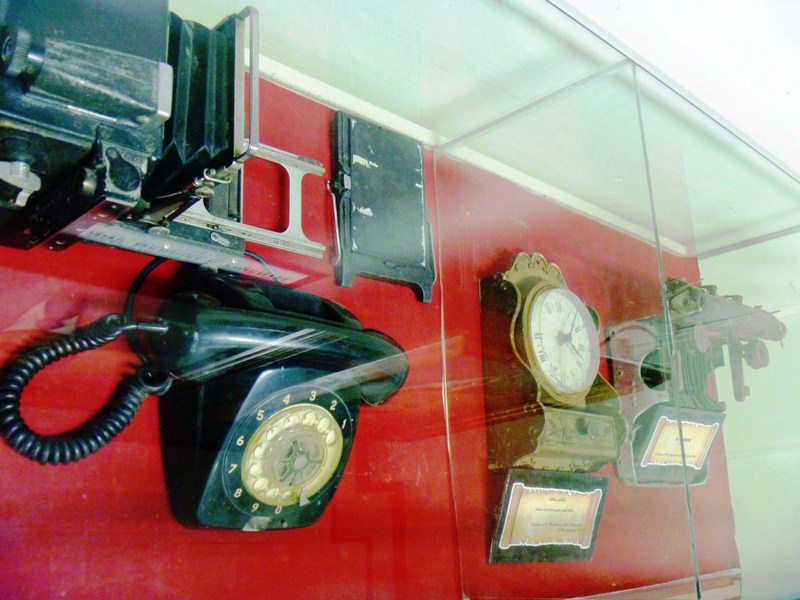
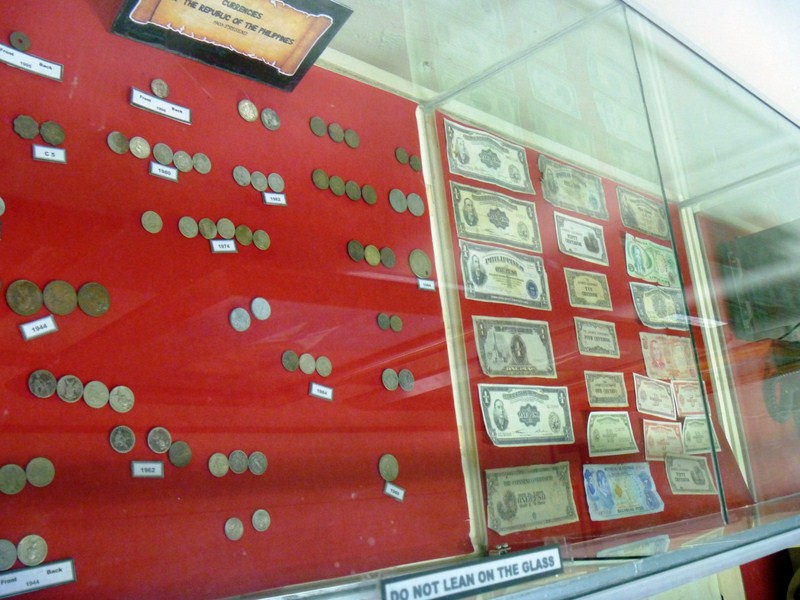
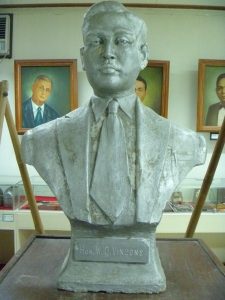
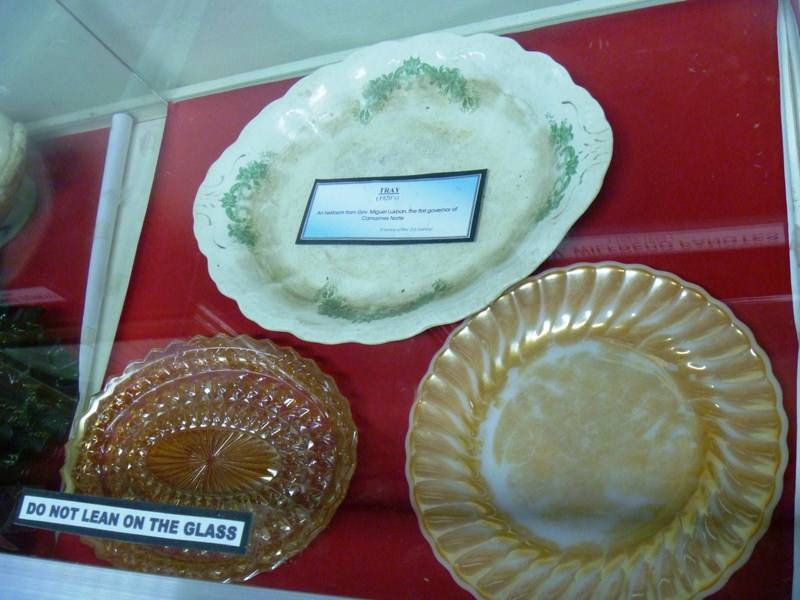
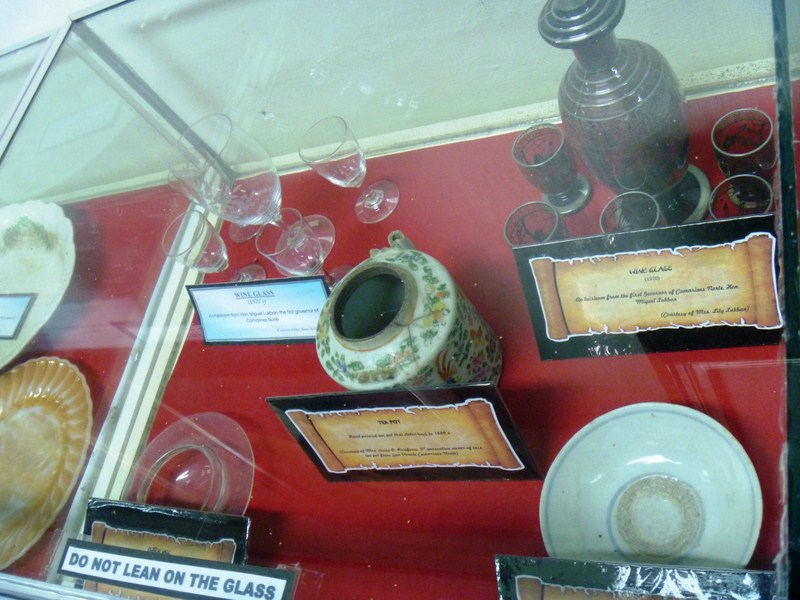


.jpg)